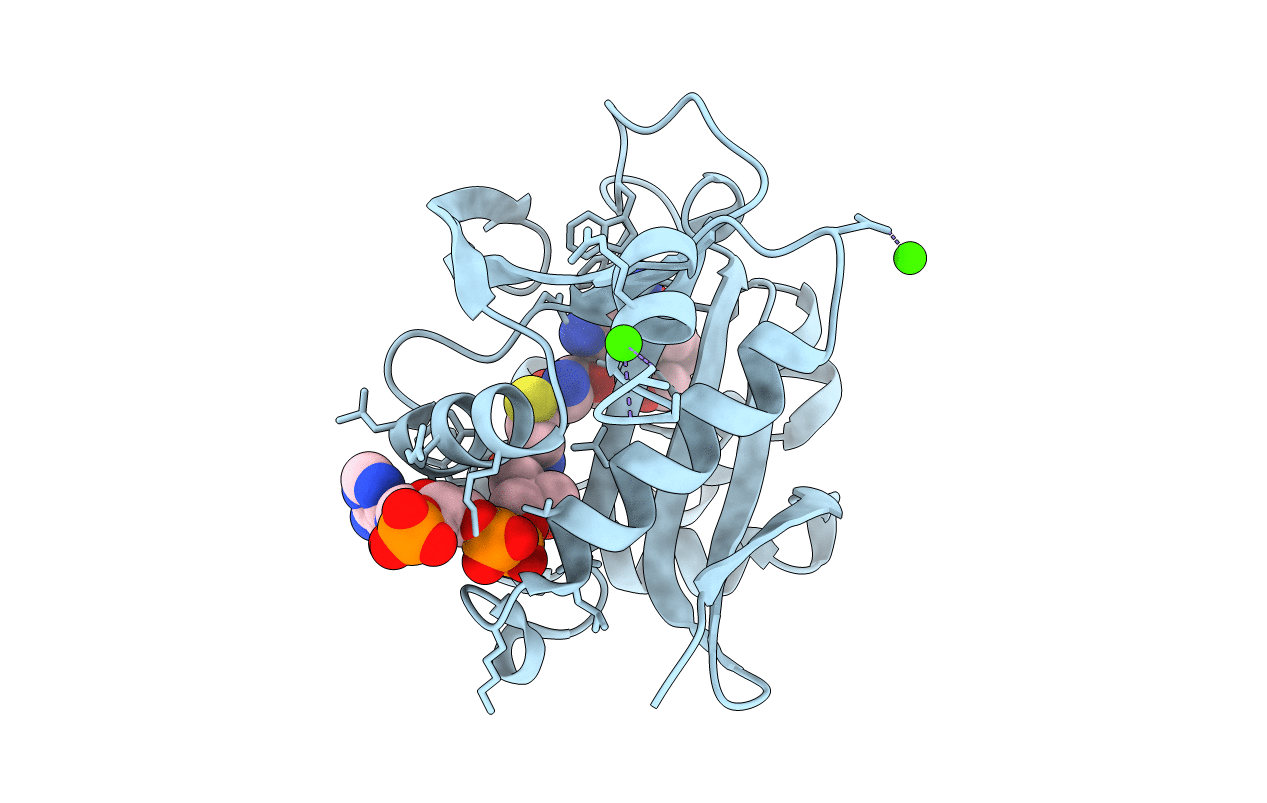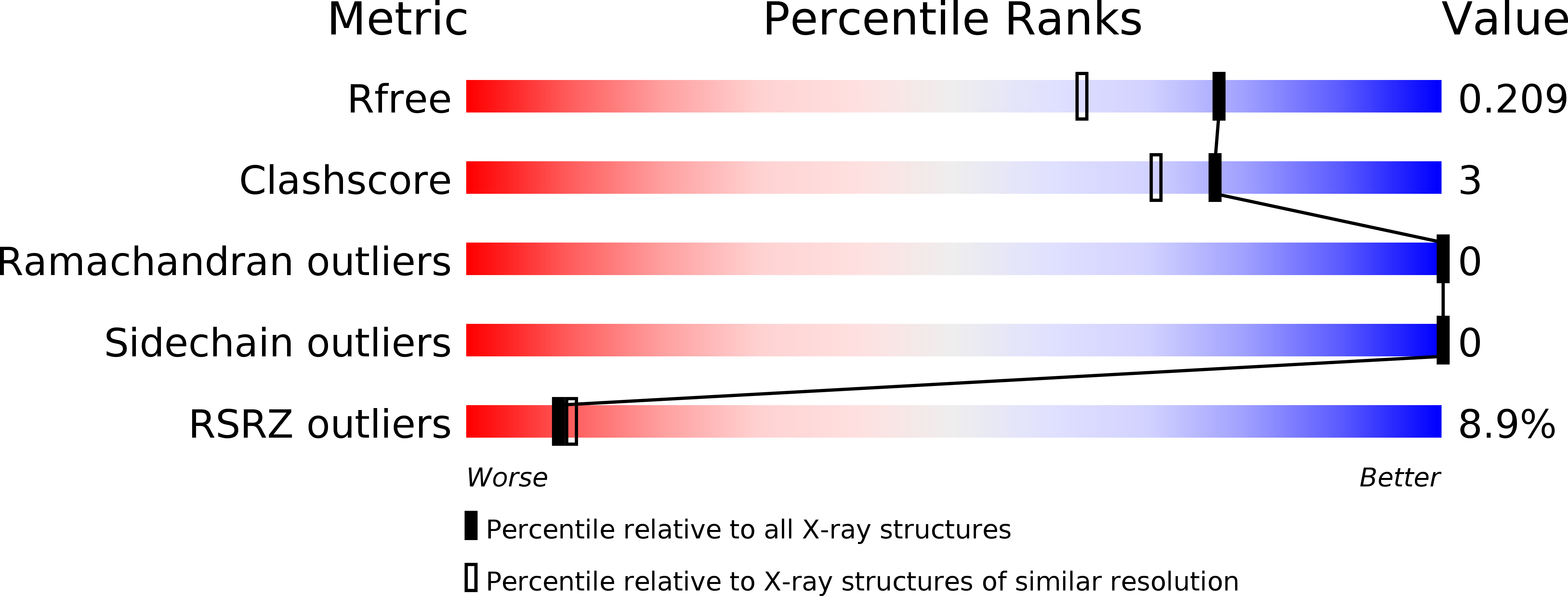
Deposition Date
2008-03-20
Release Date
2008-09-02
Last Version Date
2023-12-13
Entry Detail
PDB ID:
2BUE
Keywords:
Title:
Structure of AAC(6')-Ib in complex with Ribostamycin and Coenzyme A.
Biological Source:
Source Organism:
ESCHERICHIA COLI (Taxon ID: 562)
Host Organism:
Method Details:
Experimental Method:
Resolution:
1.70 Å
R-Value Free:
0.21
R-Value Work:
0.18
R-Value Observed:
0.18
Space Group:
P 43 21 2


